Protecting Vulnerable Road Users
Every so often we are profoundly reminded about why we do what we do here at SGESCO-MAX: create safety solutions for protecting vulnerable road users...
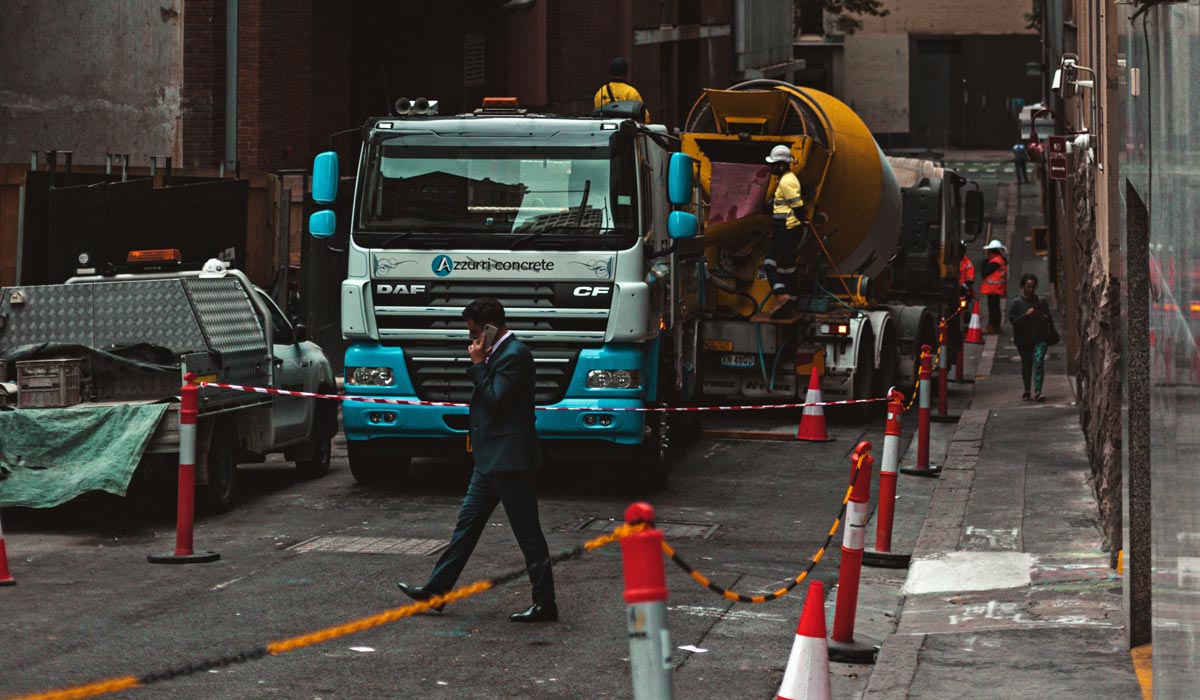
Older vehicles pose a significant risk to vulnerable road users (VRUs), however the technology exists to make them much safer for drivers and VRUs in the intervening period before this major fleet transition.
According to Austroads, over half of the trucks on Australian roads were built before 2008, and thus are considered old vehicles. This makes our proportion of older vehicles much higher than many other countries.
A two-year review undertaken by the National Transport Commission completed earlier in 2021 found that:
“There has been some discussion surrounding restricting older vehicles from higher populated areas, but there were worrying signs that this was not happening. Instead, the urban freight task was growing and absorbing retired interstate vehicles into the fleet. It was noted that these urban vehicles were not as closely monitored by regulators but may often be defective and pose serious safety risks.”
The reason why older vehicles pose threats to vulnerable road users has a lot to do with a cabin design that has been standard for several decades. Higher cabs common in heavy vehicles have been designed with a number of factors in mind: compactness, aerodynamics, fuel savings, manoeuvrability, and greater visibility (in some areas).
However due to the cab being so high above the ground and the windows being relatively small, they give very little oversight of the surrounds of the vehicle and thus pose extensive safety risks when it comes to blind spots.
Take a look at this video that shows how little can be seen from a heavy vehicle’s cabin and why heavy vehicle safety is a concern.
These two diagrams from Bicycle Network, Australia’s largest cycling peak body, highlight the issue. For any VRU, being in the blind spot zone of a heavy vehicle is not a safe place to be.
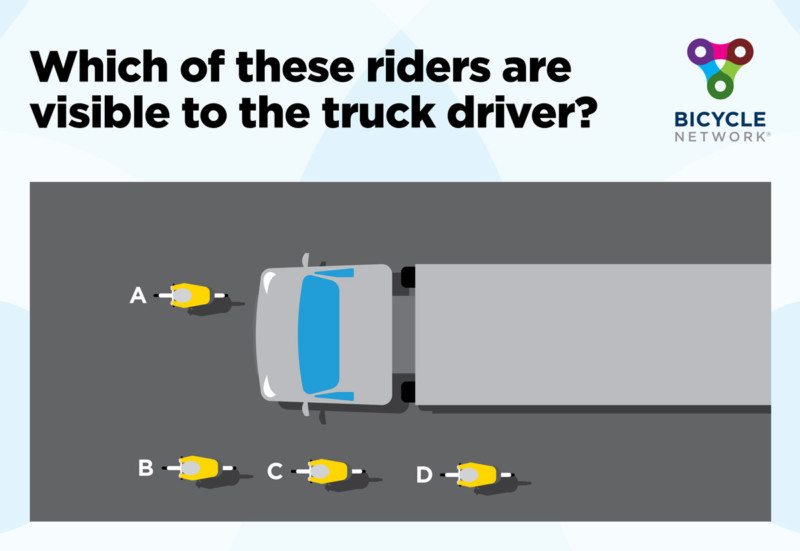
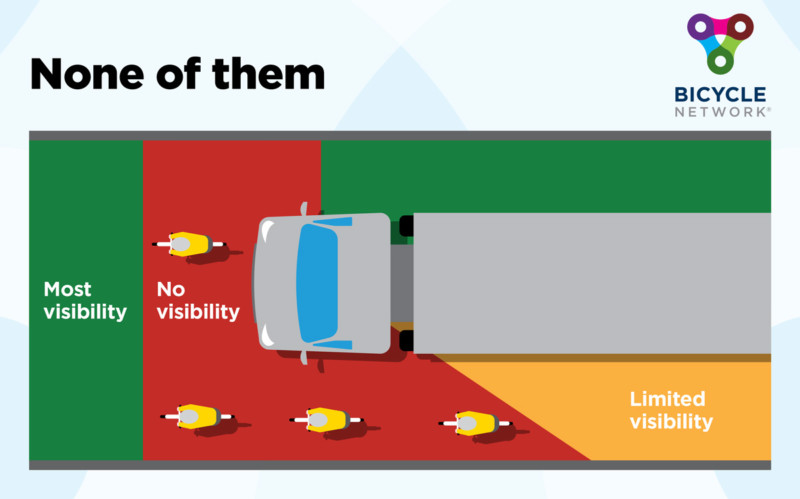
Direct Vision vehicles are a new generation of heavy vehicles (trucks over 4.5 tonnes and lorries in the UK) that have been designed to meet new standards in the UK and other countries to ensure drivers have much greater and direct visibility of people and objects on the road.
In these new truck designs, the cabin is much lower to the ground, and there are large windows on the front and both sides of the vehicle that occupy up to two-thirds of the cabin. These features ensure that, from the driving position, a driver is able to see a cyclist on the left side of their vehicle. They have been hugely successful in reducing collisions with VRUs.
In July of 2019, this type of modern vehicle became part of Melbourne’s streetscape due to an upgrade to the city’s waste collection service. In these new vehicles, there were no blind spots thanks to the windows and a 360-degree camera system that displayed an image of the entire surroundings of the vehicle on a hi-res screen in the cabin.
In South-East Queensland, Cleanaway also has vehicles with lower cab seats, as well as bigger front and side windows to remove blind spots. This is an important step in terms of community safety, as garbage trucks currently need to be on streets for garbage collection until piping and vacuum systems, like some European cities, become more common place.
These waste management trucks, however, only represent a small percentage of all heavy vehicles on Australian roads.
The good news is that much of the safety technology installed in these new vehicles can be installed in our existing heavy vehicle fleet – and this could be a win-win for all parties involved.
Campaigns for Safer Vehicles
Based on the outcomes that new heavy vehicle regulations in the UK have delivered in reducing accidents with VRUs, Australian bicycle and other peak bodies have led a call for similar improved vehicle designs in Australia.
Of note, the national Bicycle Network, via a submission to the Heavy Vehicle National Law Review coordinated by the National Transport Commission, has called for a national approach to adopting proven safety standards, to reduce the risk that heavy vehicles pose on our roads.
Specifically, they identified that all heavy vehicles should have:
1. Class V mirrors and reversing/blind spot cameras, so that drivers have a better view of road users.
2. Side underrun protection, to stop bike riders from being dragged under the wheels in the event of a crash.
3. Audible left turn warning and reverse squawker alert systems to convey heavy vehicle movements to road users
SGESCO-MAX has been a pioneer in Australia with respect to developing advanced reversing and blind spot cameras to identify blind spots on all sides of a vehicle and in creating audible warning alerts for reversing and turning vehicles.
Bicycle Network also advocated for:
4. All government projects to only employ trucking companies who comply with the above safety improvements,
5. The use of incentives to encourage the uptake and usage of low-cabin and direct vision compliant heavy vehicles over the next 10 years.
These are similar to calls that the National Road Safety Partnership Program (NRSPP) is making, particularly regarding the construction industry. To date, Melbourne and Sydney LGAs have adopted point 4 of the above proposals and by extension, points 1-3. This is having an impact on some heavy vehicles in these locations, however, there is no national code as of yet.
SGESCO-MAX has a long history of developing safety solutions for heavy vehicles. Creating safer roads and protecting vulnerable road users – as well as drivers – is what drives us. As part of this, we have worked closely with heavy vehicle and bus manufacturers for over 20 years.
Vehicle and chassis manufacturers (Crown, Dennis Eagle, Fuso, Hino, Isuzu Trucks, Iveco, Mercedes-Benz, Scania, Toyota Handling, and Volvo); and body builders, such as Bucher Municipal and Superior Pak have been customising their vehicles to Australian standards, specific client requirements and higher safety standards for a number of years.
We’ve been a key supplier of a wide range of safety solutions. We value the safety improvements and Australian firsts we have delivered to clients through tailored and legal modifications to their heavy vehicles.
We know for a fact that:
This involves the installation of:
These safety solutions use radars, lidars, cameras, in-cabin screens, and audio notifications to a enhance drivers’ ability to see outside their vehicle. Collectively, our solutions form the MAX-SAFE Safety Eco-System, providing a full zone of safety around a vehicle. Our future planned products also include active braking technologies that respond faster than a driver could, for use in situations where every second counts.
Highly Affordable Safety Solution
To install and certify a blind spot safety solution in a 4.5 tonne truck as a retro-fit costs between $5,500 and $7,500 ex GST, depending on the vehicle (airbrake verse mechanical brake).
We think it’s a small price to pay to improve heavy vehicle safety in Australia’s ageing fleet. It will make our city roads much safer for vulnerable road users, and make driving less stressful for heavy vehicle drivers by removing blind spots.
It’s an important step to take while our heavy vehicle fleet transitions to new, modern vehicles, which could still be a decade or more away from completion.
With thanks to Bicycle Network for permission to use their images and video. #Bicycle Network
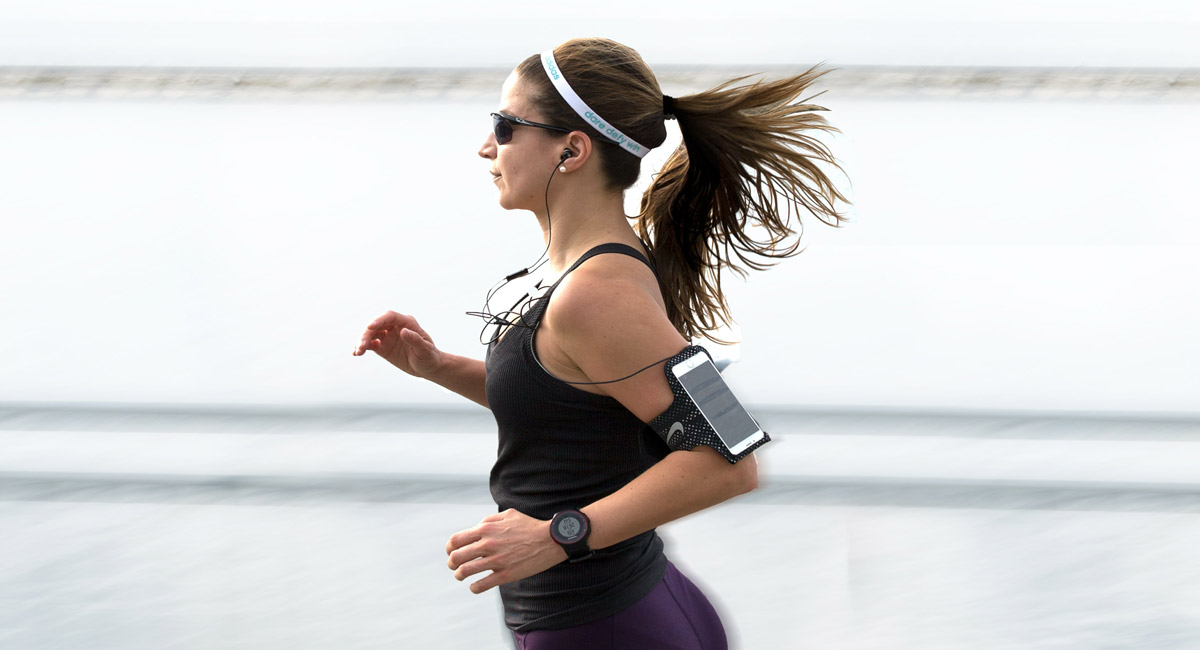
Every so often we are profoundly reminded about why we do what we do here at SGESCO-MAX: create safety solutions for protecting vulnerable road users...
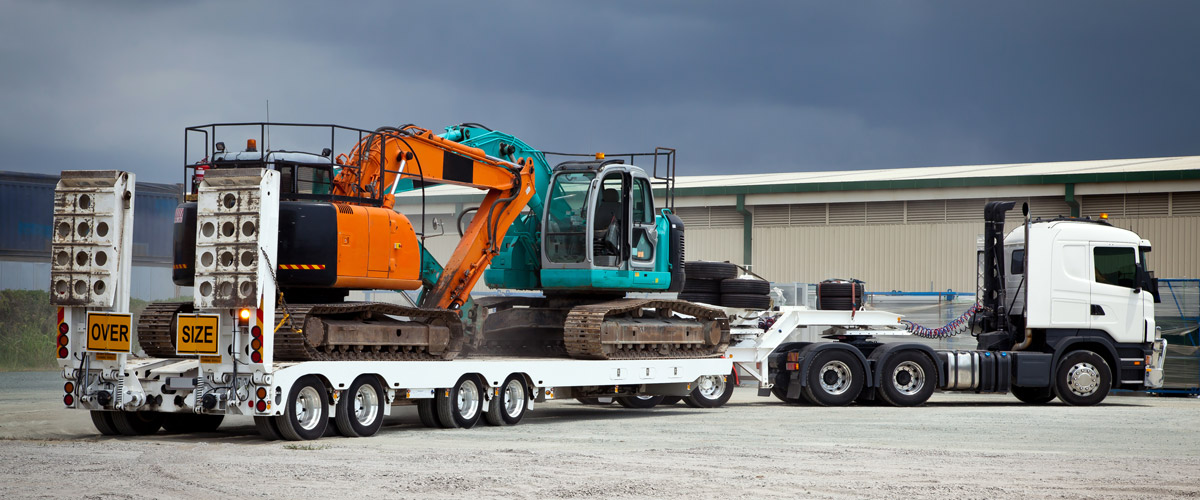
Improving heavy vehicle safety technologies is a challenge for fleet managers and trucking companies dealing with rising running costs and only a...
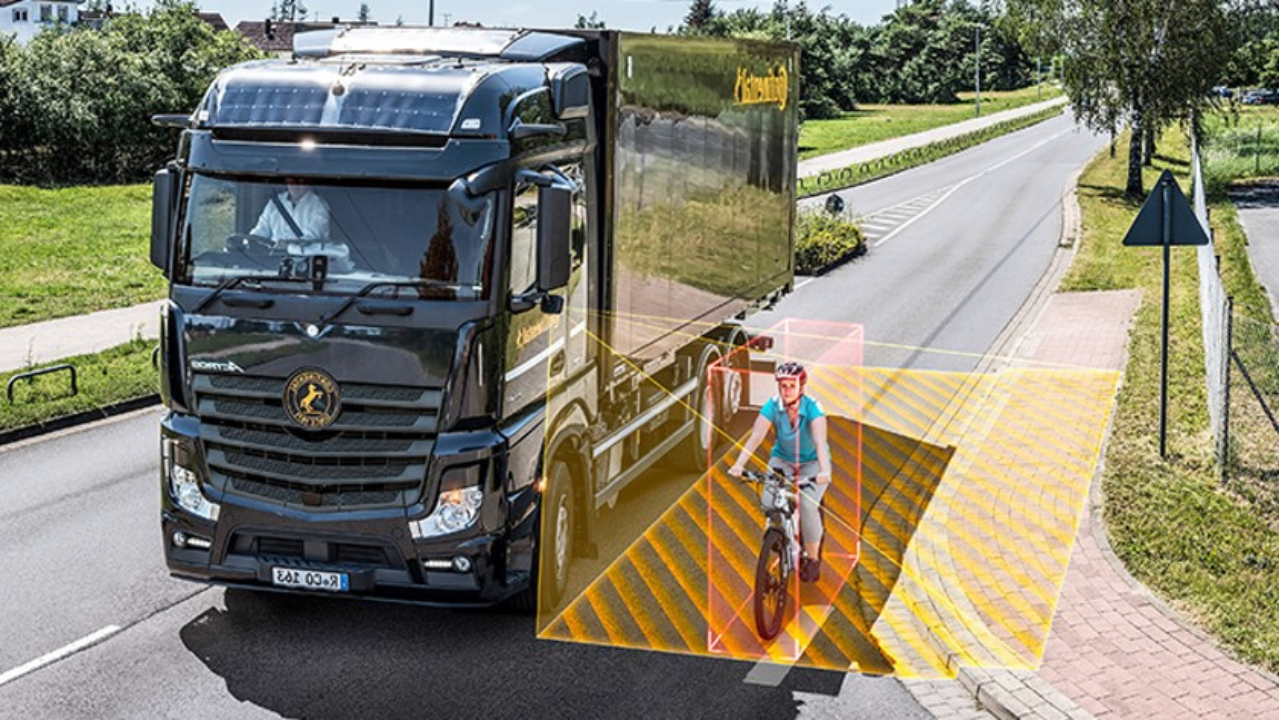
In the coming decade, 40% of Australians will be at risk of being struck by a heavy vehicle if fleet operators don’t take critical CoR actions to...